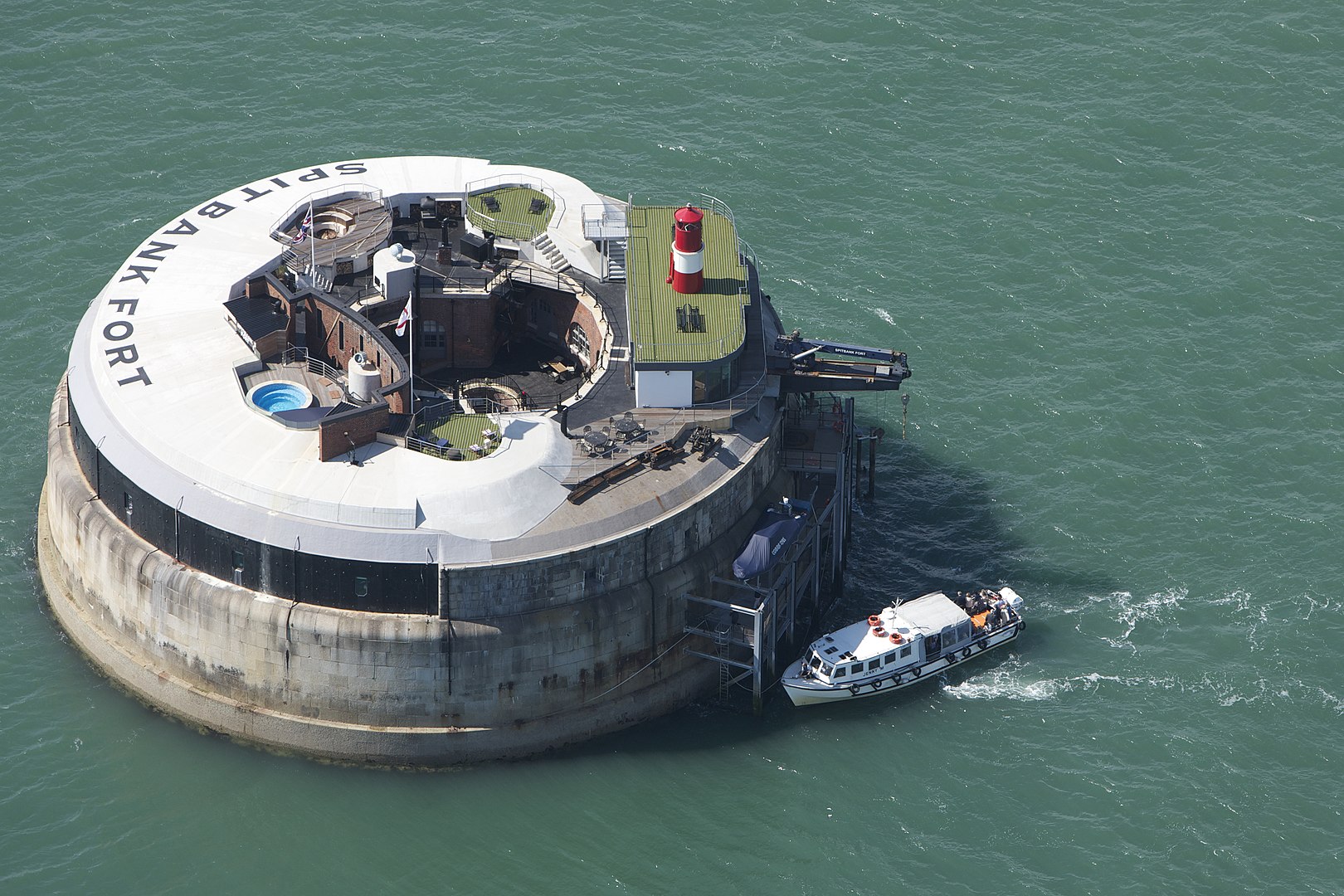David Brewin, Global Alliance Account Director at Johnson Controls, presents the case for intelligent, healthy and sustainable commercial real estate in the UK.
Financial, regulatory, and societal challenges are creating a perfect storm for the United Kingdom’s commercial real estate (CRE) industry.
With the oldest and draughtiest building stock in Europe, combined with high inflation, rising interest rates, tough financing conditions and a drop-off in occupancy rates – the sector is buffeting. A survey found that two thirds of property surveyors think Britain’s commercial real estate market is in a downturn.
Despite this, there is a strong need for action and outcomes on ESG, especially in the areas of decarbonisation and energy efficiency, among investors, governments, and tenants. Data shows that there is a sharp increase in office spaces striving to become more energy efficient, and yet there is concern that we’re not acting fast enough.
Don’t leave it late
Despite the urgency, many building owners are leaving it late. According to the Net Zero Tracker, around half of the 2,000 largest publicly traded companies in the world by revenue have committed to a net zero strategy for at least one of the Scope 1, 2 and 3 categories. To align with the Paris Agreement, which aims to limit global warming to between 1.5°C and 2.0°C, 37% of global buildings will need to be decarbonised by 2030.
The slowing down on smart, sustainable buildings include capital constraints, a lack of leadership over the issue, and the difficulty of obtaining meaningful insights and improved outcomes from the data churned out by their digital technology. This is concerning, not least for the sake of the planet. The UK’s built environment is responsible for 25% of the UK’s greenhouse gas emissions, and the gap between the climate performance of the sector and the 2050 decarbonisation pathway is widening. It’s clear that some owners will face existential risks if they take a passive approach to reducing their energy consumption and carbon footprint.
Let’s get ‘smart’
Owners cannot ignore the ongoing need for operational savings, portfolio compression and enhanced occupant experiences. But they can’t tackle these various challenges without harnessing smart building technologies that integrate seamlessly to boost outcomes across their portfolio.
When it comes to smart building technologies and platforms that can help them overcome these various challenges, building owners are spoilt for choice. We are now living through a fourth Industrial Revolution, also known as Industry 4.0. This refers to the integration of physical assets with advanced digital technologies, such as IoT, AI, robots, cloud computing, nanotechnology and more. These digital technologies specialise in communicating, analysing, and acting on data, allowing organisations, consumers, and society better and deeper insights. Those insights can then be used to make more intelligent, transparent, and efficient decisions.
Building owners that seize the day on digital transformation will be better positioned than those who do not.
To help them, owners should seek out smart building technology solution providers who offer considerable building expertise and cutting-edge technology as standard, and who can tackle the smart buildings conundrum. These partners will understand that the individual missions to boost sustainability, optimise space or enhance wellness are not just inseparable from digitalisation, but closely related to each other.
The business benefits for being green
Building owners that seize the day on digital transformation will be better positioned than those who do not. In addition to the energy savings that owners will make from digitally transforming their portfolios and the reduced prospect of financial penalties for non-compliance, there’s strong evidence of a flight to quality in the CRE market. Occupiers and investors are willing to pay more for high-quality buildings with advanced sustainability features and amenities, such as solar panels, or EV chargers.
Building owners can also reap rewards outside of energy efficiency and sustainability. The users of buildings now want to understand how the facilities in which they live, work, and learn are contributing to a healthier planet and community. Owners are increasingly aware of how consumers prioritise environmentally conscious brands, and jobseekers seek out sustainably aware employers.
On the health and wellness front, companies have started to measure the atmospheric concentrations of carbon dioxide and particulate matter 2.5 (PM2.5 µg/m3), the invisible particles produced by the combustion of fuels for vehicles, heating, and power generation, as they respond to heightened public awareness over indoor air quality. There’s evidence to show that improved IAQ could reduce respiratory infection cases by 10-14 per cent and avoid up to £2.2bn in lost productivity.
Act now, before it’s too late
The upfront cost for smart building platforms might seem daunting for capital-constrained owners, but the longer-term economic, regulatory and reputational benefits appear to outweigh short-term financial concerns. Not only this, but owners that seek out suitable partners as a matter of urgency will see the benefits much sooner since the demand for digital solutions to support sustainable initiatives is likely to surge in coming years, which is a recipe for increased costs.
There is a positive case for the CRE sector making prompt investments in smart, sustainable buildings. But the clock is ticking, and owners need to allocate capital sooner, rather than later.





Leave a Reply